Track 1:
Display Technologies
8:30-10:00 am
Room 408A |
SE-1: Computational Near-to-Eye Displays with Focus Cues
Robert Konrad
Ph.D. Candidate
Computer Science Department, Stanford University |
 |
Immersive visual and experiential computing systems, i.e., virtual and augmented reality (VR/AR), are entering the consumer market and have the potential to make a profound impact on our society. Applications of these systems range from communication, entertainment, education, collaborative work, simulation, and training to telesurgery, phobia treatment, and basic vision research. In every immersive experience, the primary interface between the user and the digital world is the near-to-eye display. Thus, developing near-to-eye display systems that provide a high-quality user experience is of the utmost importance. Many characteristics of near-to-eye displays that define the quality of an experience, such as resolution, refresh rate, contrast, and field of view, have been significantly improved over the last years. However, a significant source of visual discomfort prevails — the vergence-accommodation conflict (VAC). Further, natural focus cues are not supported by any existing near-to-eye display. In this seminar, we discuss frontiers of engineering next-generation opto-computational near-to-eye display systems to increase visual comfort and provide realistic and effective visual experiences.
Moderator: Achin Bhowmik, Starkey Hearing Technologies |
Track 1:
Displays Technologies
10:20-11:50 am
Room 408A |
SE-4: OLEDs: Recent Progress and Applications
Jian Li
Material Science and Engineering Program, Arizona State University |
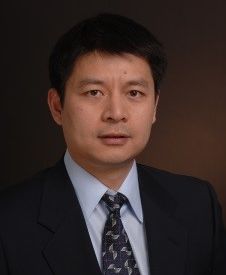 |
Organic light-emitting-diode (OLED) technology has the capability to enable imaginative curved, flexible, foldable, and transparent display and lighting panels that are revolutionary in both performance and design. In this seminar, we will discuss several critical factors that affect OLED performance, and provide an overview of the recent progress of OLED technology for solid-state-lighting and bio-applications.
Moderator: Kevin T. Gahagan, Corning, Inc. |
Track 1:
Display Technologies
12:50-2:20 pm
Room 408A |
SE-7: Quantum-Dot Displays: Advances and Outlook
Charlie Hotz
Vice President, R&D, Nanosys, Inc. |
 |
Quantum dots are increasingly being adopted as emitters in displays due to their unique combination of properties: high efficiency, narrow spectral width, and wavelength tunability. This presentation will review both existing and emerging uses of quantum dots in displays, with an emphasis on technical challenges and future application potential.
Moderator: Jonathan Steckeel, Apple, Inc. |
Track 1:
Display Technologies
2:40-4:10 pm
Room 408A |
SE-10: Light-Field Displays
Nikhil Balram
Senior Director of Engineering for AR/VR, Google, Inc. |
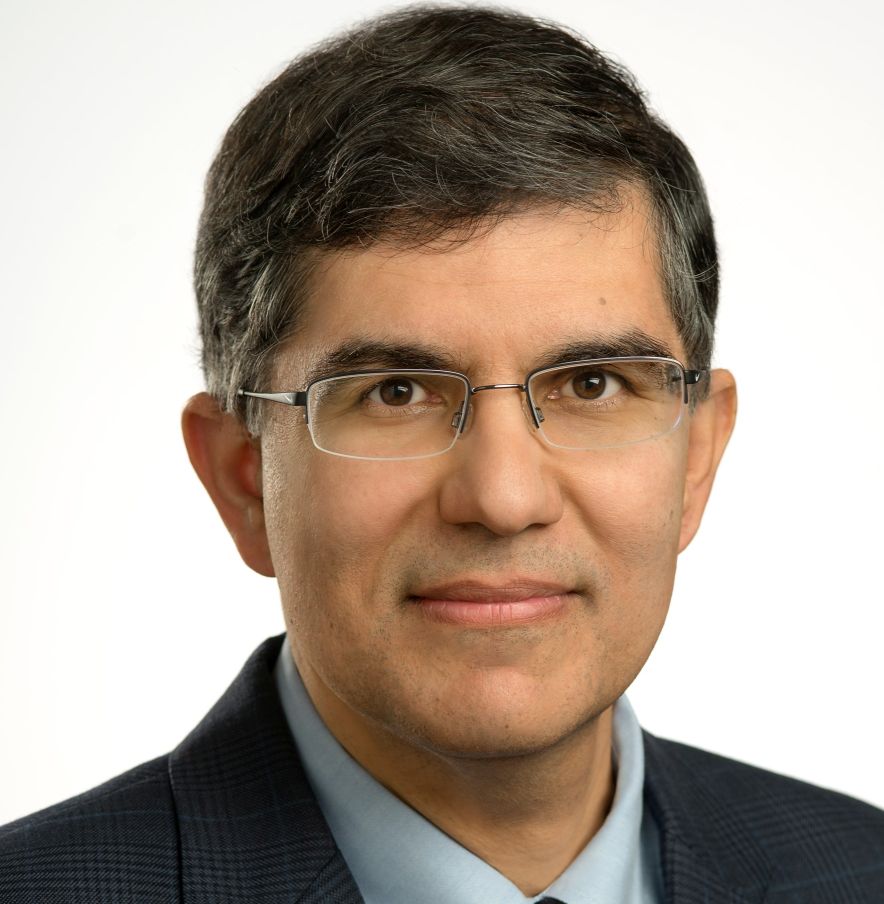 |
Light fields provide a natural way of representing the information that is captured and processed by the human visual system. Light-field display architectures enable true 3D displays that provide a natural and comfortable experience. This seminar will present an introduction to light fields and light-field imaging, followed by an in-depth discussion of state-of-the-art light-field display systems, some interesting applications such as AR and VR, and the key tradeoffs that have to be considered during the design process.
Moderator: Karlheinz Blankenbach, Pforzheim University |
Track 1:
Display Technologies
4:30-6:00 pm
Room 408A |
SE-13: Metal-Halide Perovskites for Light-Emitting Applications
Barry P. Rand
Princeton University
Department of Electrical Engineering & the Andlinger Center for Energy and the Environment |
 |
Hybrid organic-inorganic perovskite materials such as methylammonium lead iodide (CH3NH3PbI3) have garnered significant interest in the thin-film electronic devices community due to their promising optoelectronic properties. This seminar will review metal-halide perovskite semiconductors and their prospects for light-emitting devices, including stability aspects.
Moderator: Ruiqing (Ray) Ma, Nanosys |
Track 2:
Display Manufacturing Technologies
8:30-10:00 am
Room 403AB |
SE-2: Key Enabling Technologies of Flexible Touch AMOLED
Jaglin (John) Chen
Fellow, Electronics and Optoelectronics System Labs
Industrial Technology Research Institute (ITRI) |
 |
This seminar will review the fundamentals and recent progress of flexible-touch AMOLED displays, and then discuss the key enabling technologies, such as flexible substrates, gas barriers of flexible backplanes, OLED evaporation and encapsulation, OLED thin-film encapsulation, foldable touch sensors, adhesives, circular polarizers, and plastic-window developments.
Moderator: Deng-Ke Yang, Kent State University |
Track 2:
Display Manufacturing Technologies
10:20-11:50 am
Room 403AB |
SE-5: Recent Advances in TFT-LCD Technologies and Related Applications
Takashi Nakamura
Senior Manager, Section 1, R&D Department 2
Research and Development Division, Japan Display |
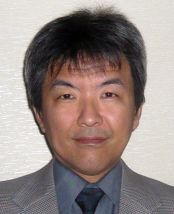 |
This seminar will present recent updates in TFT-LCD technologies such as low-power consumption, narrow borders with advanced shapes, touch-sensing-functions, and high-speed response. Active-matrix displays based on these updated LTPS TFT and other TFT technologies can be used in various application fields, such as smartphones, automotive, head-mounted displays, and augmented reality.
Moderator: Takahiro Ishinabe, Tohoku University |
Track 2:
Display Manufacturing Technologies
12:50-2:20 pm
Room 403AB |
SE-8: Artificial Intelligence: Image Recognition and Visual Understanding with Deep Learning Techniques
Achin Bhowmik
Chief Technology Officer & Executive Vice President of Engineering
Starkey Hearing Technologies
Fellow, Society for Information Display |
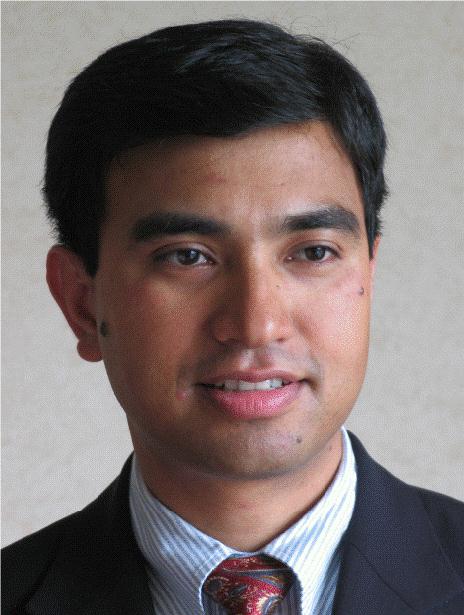 |
Recent advances in artificial intelligence (AI) are having an unprecedented impact on society, with increasingly ubiquitous applications in image recognition, language understanding, autonomous drones and robots, self-driving cars, and numerous other areas. In particular, breakthroughs in computer vision based on deep learning techniques have enabled image recognition accuracies that have surpassed human levels to a degree thought impossible even a few years ago. This seminar presents a tutorial on deep learning methods in artificial intelligence, especially focusing on automatic image classification and visual understanding using convolutional neural networks. Starting with the basics of cognitive neuroscience and the human perceptual system, we will cover deep neural network architecture, machine learning algorithms including backpropagation and gradient descent techniques, and hands-on demonstrations of intelligent inferencing examples in practical applications.
Moderstor: Vincent Gu, Apple, Inc. |
Track 2:
Display Manufacturing Technologies
2:40-4:10 pm
Room 403AB |
SE-11: TFT Backplane Technology on Flexible and Stretchable Substrates
Jin Jang
Professor of Advanced Display Research Center (ADRC)
Kyung Hee University |
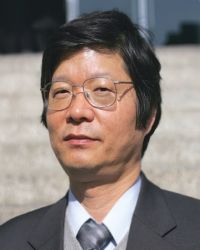 |
LTPS TFTs on polymide (PI) substrates are currently used for smartphone displays by using the ELA process. Oxide TFTs on PI substrates are also of increasing interest for flexible display applications. This seminar will review the current issues and state-of-art technologies for oxide and LTPS TFTs on PI substrates and their stabilities. The mechanical strain effect on TFT performance and stabilities will also be reviewed. In addition, the TFT circuits on PI substrates will be covered, with a focus on mobile applications, as well as stretchable TFTs on elastomer substrates.
Moderator: Ioannis Kymissis, Columbia University |
Track 2:
Display Manufacturing Technologies
4:30-6:00 pm
Room 403AB |
SE-14: MicroLEDs: Recent Advances and Applications
Jongseung Yoon
Assistant Professor, Department of Chemical Engineering and Materials Science Department of Electrical Engineering
University of Southern California |
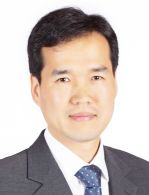 |
Microscale light-emitting diodes (microLEDs) have recently gained considerable attention due to their many unique advantages that enable various revolutionary classes of applications with unmatched performance. This seminar will provide an overview of key concepts of materials, designs, and fabrication strategies for microLEDs, as well as their application possibilities, including high-resolution emissive displays.
Moderator: Kälil Käläntär, Global Optical Solutions |
Track 3:
Display Technologies and Applications
8:30-10:00 am
Room 408B |
SE-3: Display and Emerging Technologies Market Forecast — LCD, OLED, E-Paper, Touch Screens, Smart Windows, and Voice Recognition
Jennifer Colegrove
CEO and Principal Analyst, Touch Display Research, Inc. |
 |
This seminar will provide a market forecast of the overall display market from 2018 until 2026, and a market forecast of emerging technologies. We will discuss the new opportunities: flexible and curved, quantum dot, high resolution, OLED displays, e-Paper, touch screens, smart windows, and voice recognition.
Moderator: Bin Wang, Eastman Chemical Company |
Track 3:
Display Technologies and Applications
10:20-11:50 am
Room 408B |
SE-6: High-Dynamic-Range: A Consumer Ecosystem
Scott Daly, Timo Kunkel, and Robert Wanat
Research Scientists, Dolby Laboratories |
 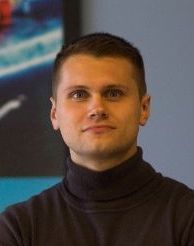  |
High-dynamic-range (HDR) viewing experiences are now widely available to consumers for both video content and displays. This seminar details the key scene physics and perceptual aspects motivating the need for HDR. In addition, capture, display, and ecosystems for HDR involving static and dynamic metadata will be covered
Moderator: Ian Underwood, University of Edinburgh |
Track 3:
Display Technologies and Applications
12:50-2:20 pm
Room 408B |
SE-9: Display Metrology: Basics, Framework, and Applications
Michael E. Becker
Scientific Advisor, Instrument Systems GmbH |
 |
Based on typical application scenarios for electro-optical display screens, this seminar develops a generalized structure for display metrology and introduces the main components, their features, and limitations. We will discuss a range of practical aspects of display metrology with a focus on variations in viewing direction and on-display performance under ambient illumination at different temperatures as required for automotive displays.
Moderator: Kunjal Parikh, Intel Corp. |
Track 3:
Display Technologies and Applications
2:40-4:10 pm
Room 408B |
SE-12: Display Color Standards and Image Quality
James Larimer
Principal, Imagemetrics, LLC |
 |
Display standards are essential for interoperability of component technologies and are derived through industry-wide cooperation. The 1953 NTSC color television standard included a green primary that was based on available phosphors at the time the shadow mask CRT was developed. This choice of green, however, resulted in low brightness and limited contrast, so by 1987, SMPTE led the adoption of SMPTE C with a yellow, brighter green. The PAL standard in Europe traded temporal resolution for more pixels.
With the advent of digital imaging, new standards are emerging with higher pixel counts, more frames per second, a wider color gamut, and greater contrast. Additionally, the movie industry is transitioning to ACES, an archiving standard for image masters in CIE units.
Standards resulting in improved image quality will be described relative to Rec 2020, SMPTE 2084 EOTF, higher pixel counts, and HDR-10.
Moderator: Yuuzo Hisatake, Japan Display Inc. |
Track 3:
Display Technologies and Applications
4:30-6:00 pm
Room 408B |
SE-15: Automotive Displays
Thomas Seder (GM Technical Fellow, Chief Technologist-HMI and Lab Group Manager within GM R&D)
Jamieson Christmas (CEO, Envisics
Patricia Scarpaci (Executive Vice President of Automotive, Envisics) |
  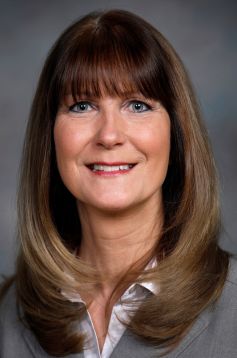 |
This seminar will cover direct-view head-down displays (HDDs), head-up displays (HUDs), and augmented-reality head-up displays (AR HUDs). We will begin with a discussion of the human factors-driven requirements for these display systems. Then we will segue into a description of the various display technologies that are capable of achieving the requirements. Both currently available and emerging HDD, HUD, and AR HUD technologies will be described, along with their utility in the automotive environment.
Moderator: Bo-Ru (Paul) Yang, Sun Yat-Sen University |